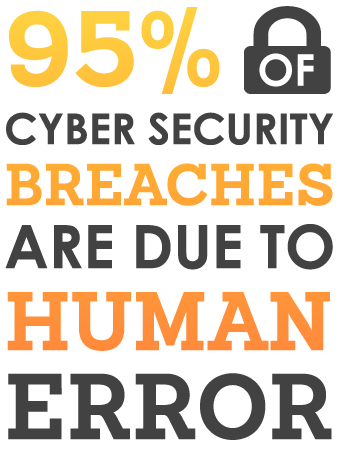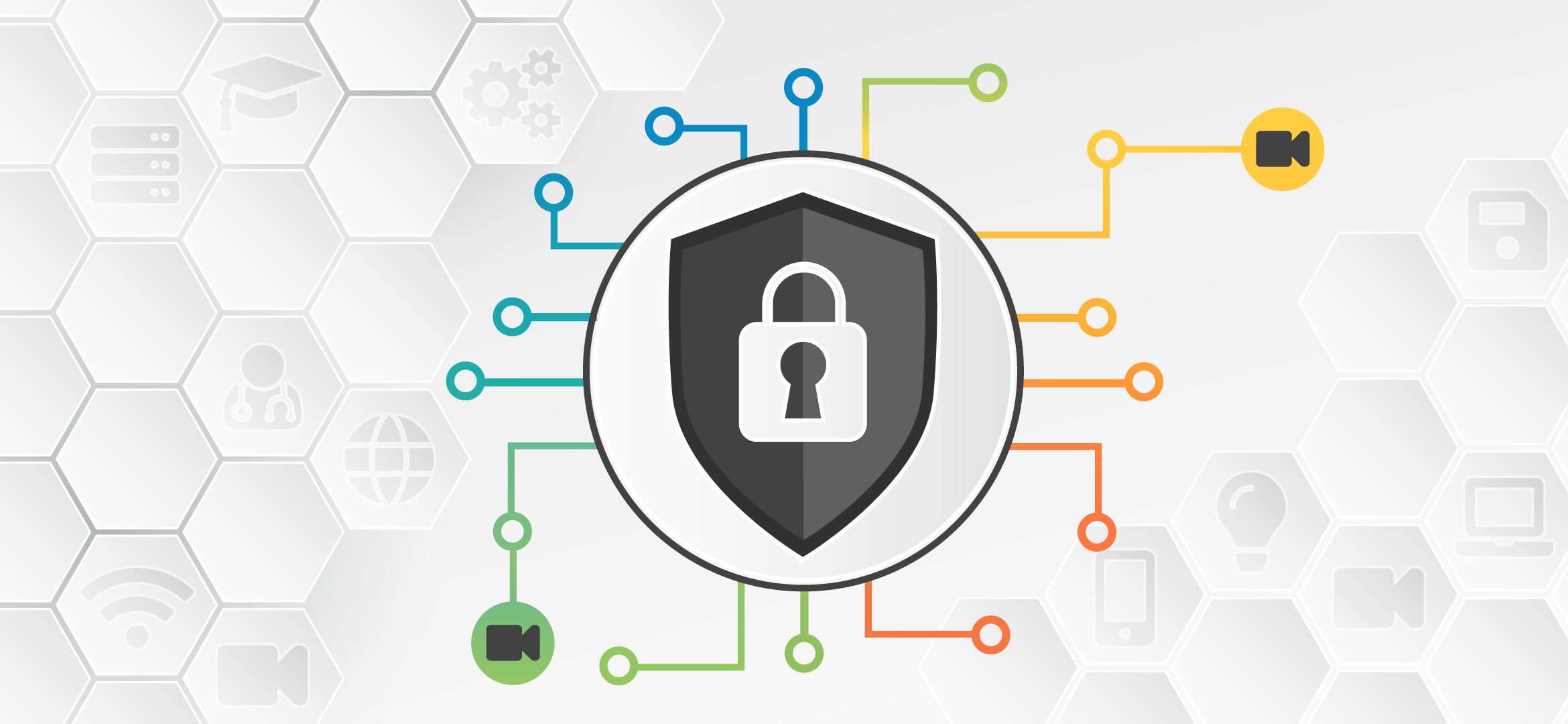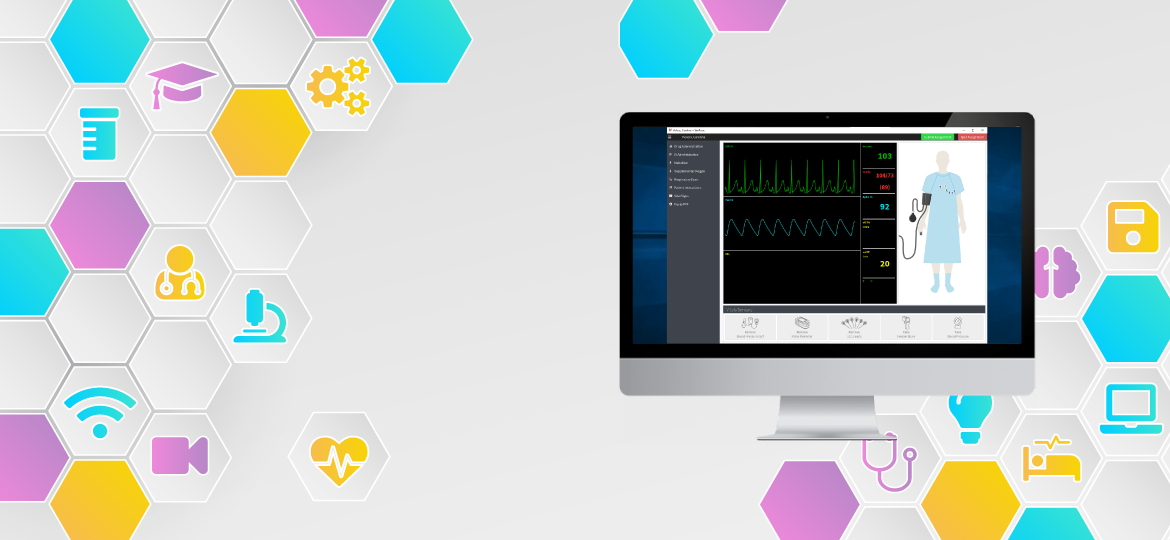NDAA and Simulation Technology Security in 2019
This past April, a Chinese national was caught trying to enter the Mar-A-Lago resort with multiple cellphones, a hard drive, a laptop, and a thumb drive that were infected with malware. Although the woman in question was removed by the Secret Service without further incident, the security breach coincided with President Trump’s stay at the resort. While the incident draws attention to the Executive office’s security practices as they pertain to China and others, it also serves as a stark reminder that data privacy and information security are a national concern with vast political and economic implications. In recent years, Federal law makers have continually sought to address the ongoing cyber-threat that is posed to both public and private entities by hostile foreign governments like China, North Korea, and Russia.
The most recent example of this legislative action is the federal government procurement rules that went into effect this year as part of the John S. McCain National Defense Authorization Act for Fiscal Year 2019 (NDAA). A provision of the NDAA effectively bans federal agencies from purchasing and using video surveillance and telecommunications products made by Chinese technology firms Hytera Communications Corporation, Hangzhou Hikvision Digital Technology Company, Dahua Technology Company, and “any subsidiary or affiliate of such entities.” While industry-discovered security vulnerabilities (which Hikvision says have been patched) resulted in the initial scrutiny of Hikvision cameras and others, the threat that the Chinese Government may, whether forcefully or cooperatively, encourage the manipulation of products that have access to information and data networks in the United States remains a central focus of our Government’s cyber-defense policies.



KbPort Protecting your Future
Institutions that conduct high-stakes testing or utilize recording in real-life clinical settings should be cognizant of exposure to HIPPA or FERPA violations caused by vulnerable system components that could impact a program’s funding, accreditation, or even, reputation. As a proactive, security-minded vendor, KbPort takes our customer’s privacy and security responsibilities seriously. Over the last decade, a primary objective of KbPort has been to source the best hardware available to ensure the highest capture and real-time streaming quality with next to zero delay. KbPort also continually evaluates its offerings and works directly with manufacturers and suppliers to provide its customers with the most secure and up-to-date equipment available.
In addition to utilizing vetted, industry-leading brands for hardware components, proprietary KbPort technology provides secured access controls, industry-standard 256-bit AES data encryption, and end-user safeguards that help you to both simplify and effectively maintain the information security of your simulation program’s technology environment. Designed to function like an appliance in your house, KbPort solutions are engineered to be used exclusively for the purposes for which they are sold.
As a self-contained solution, most-common computing tasks that are unrelated to running, capturing, or evaluating simulations (e.g. browsing the internet, playing games, installing apps, downloading and opening files external to the system) are blocked and not accessible when working from a KbPort system. While this doesn’t preclude users from doing such tasks on client PCs (which may be used to access and control a KbPort system), our locked-down system design prevents malicious programs from being installed or critical data (e.g. captured videos, student data, and performance evaluations) from being corrupted. Finally, KbPort solutions are powered by a custom Linux® kernel. Linux® is generally recognized by industry experts to be a very secure operating system and is backed by an extensive worldwide developer base. KbPort also offers Professional Services and consults directly with IT departments to develop the best possible deployment configuration that meets or exceeds your institution’s unique security situation.
Linux® is the registered trademark of Linus Torvalds in the U.S. and other countries.
Simulation Hardware and Software Security
KbPort offers the following advice with regards to security:






